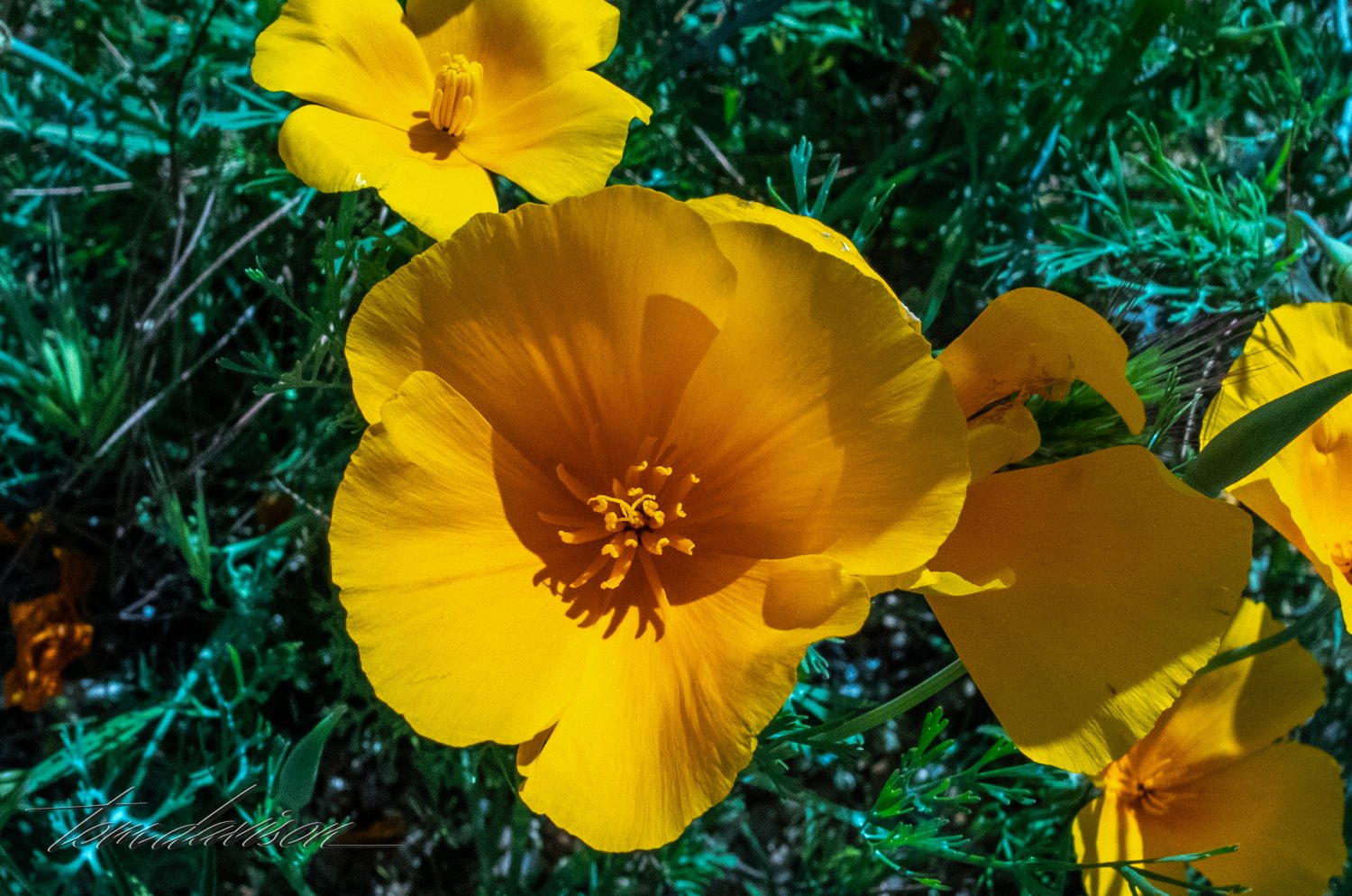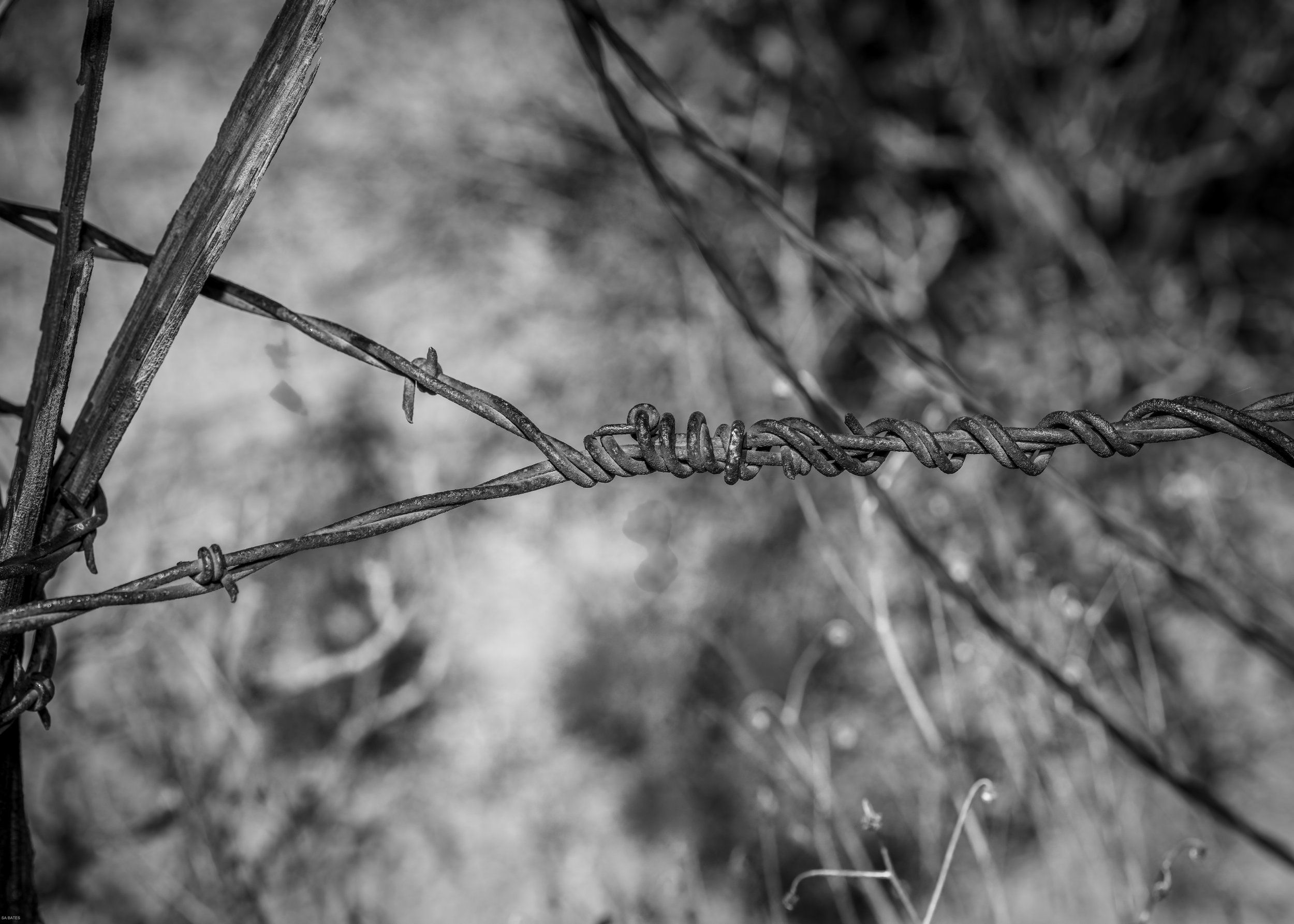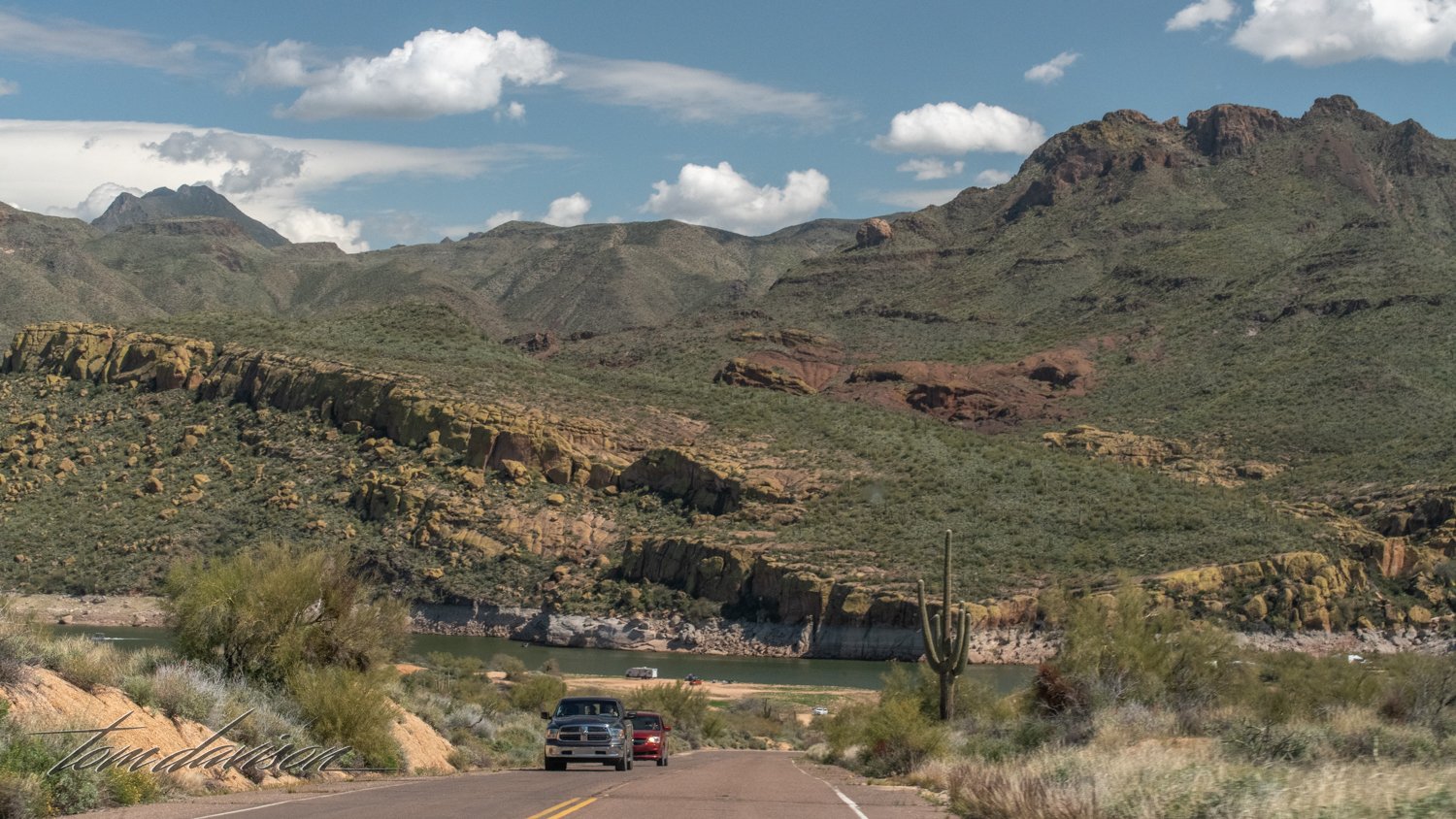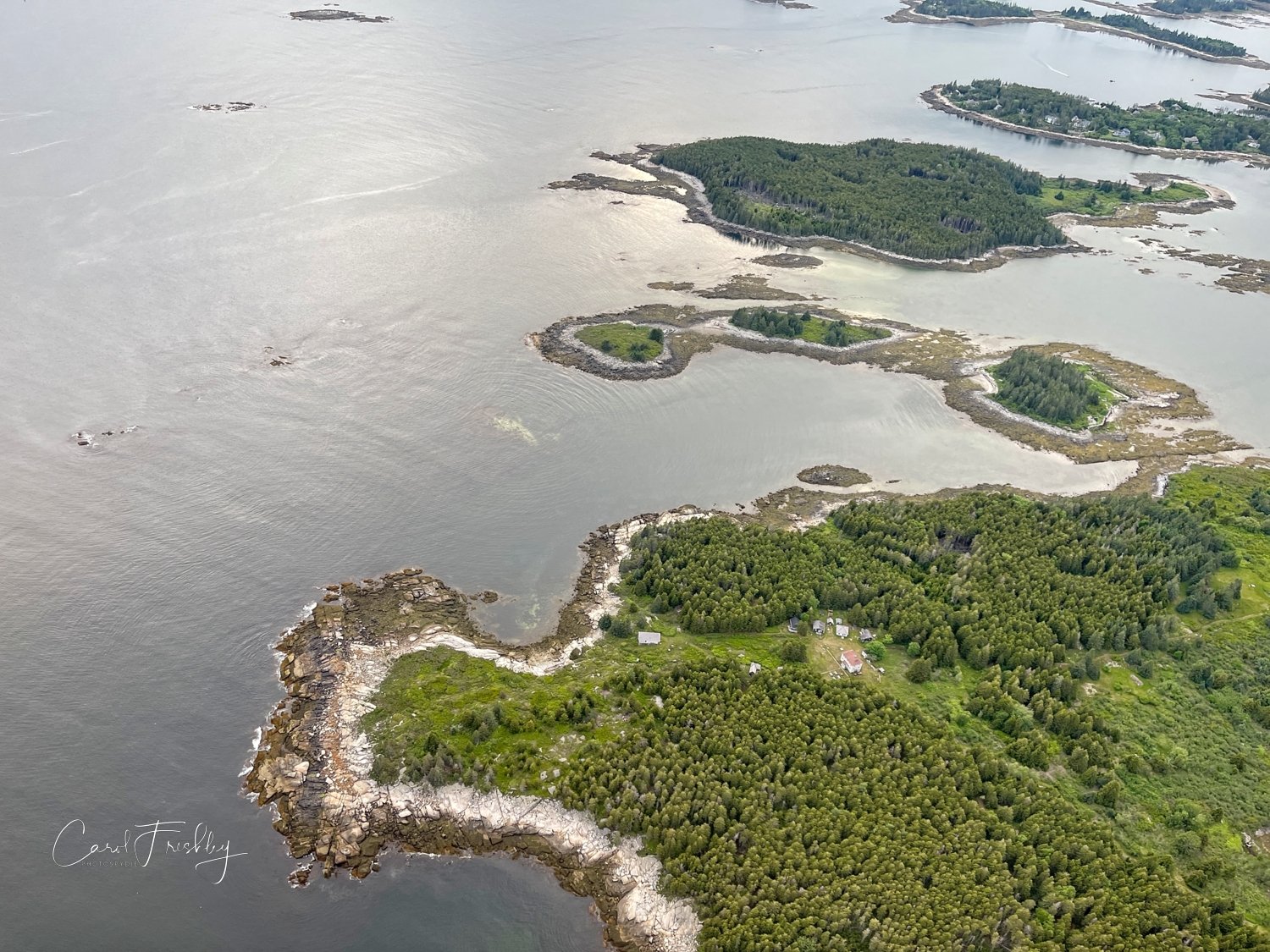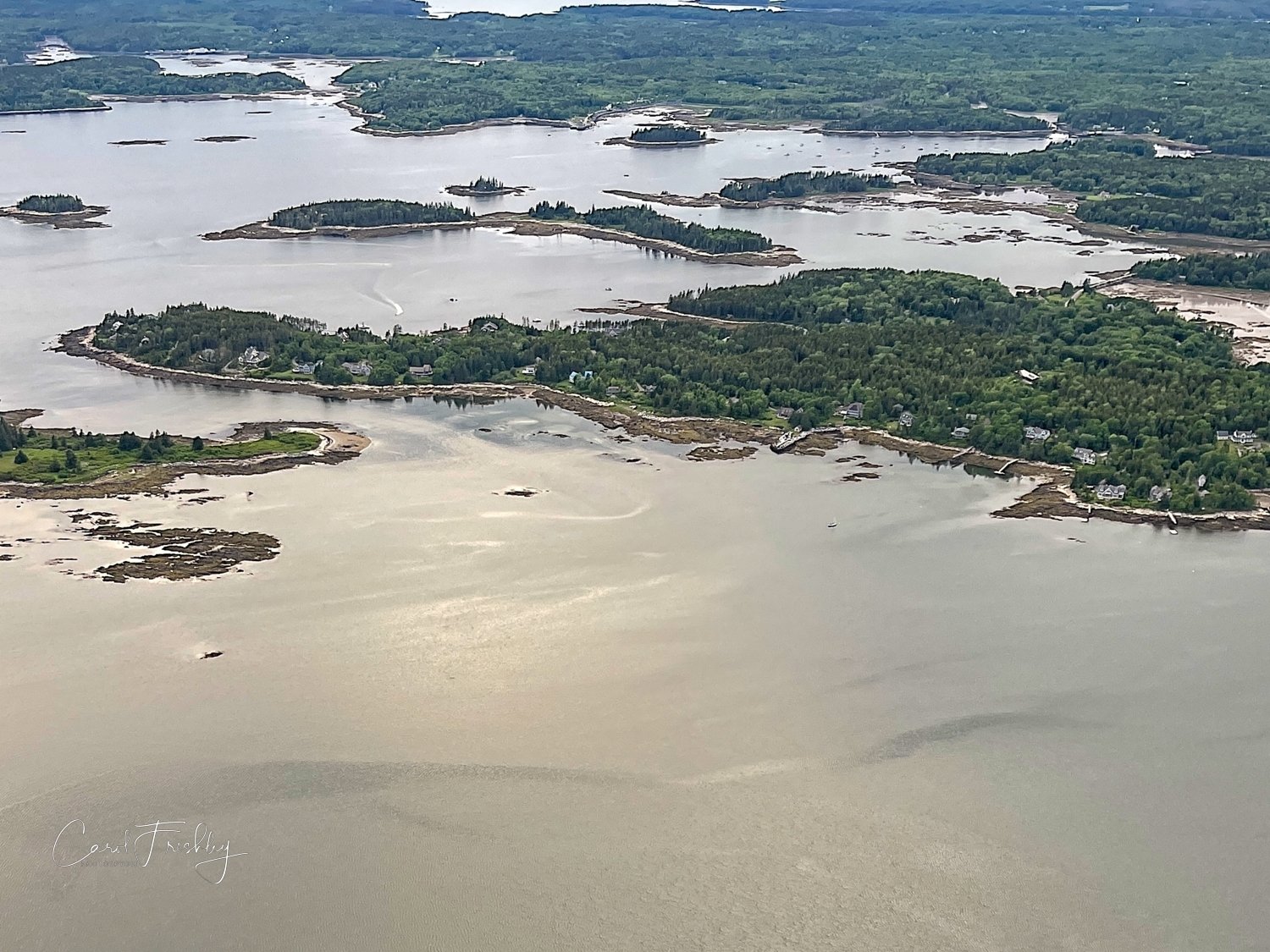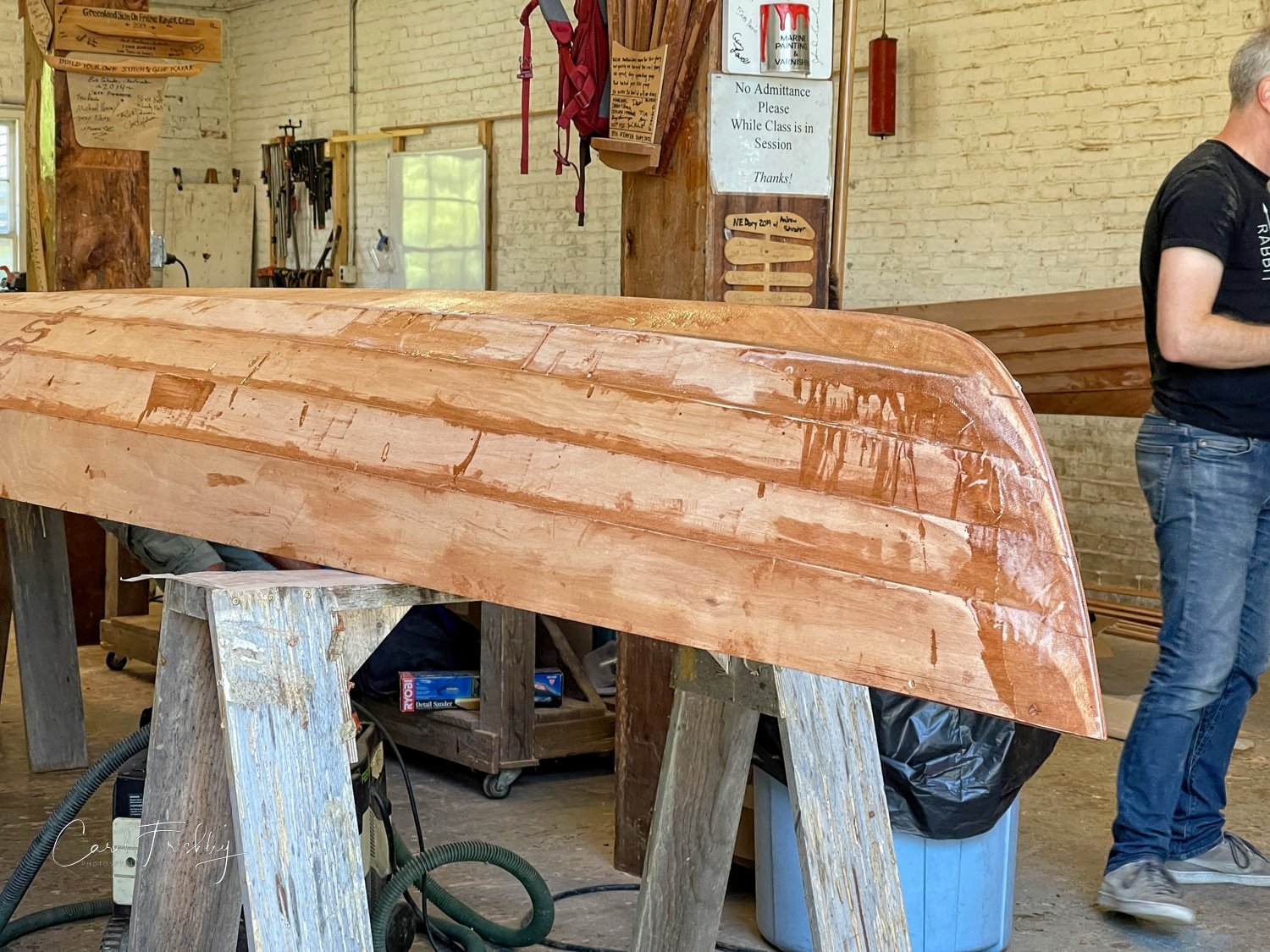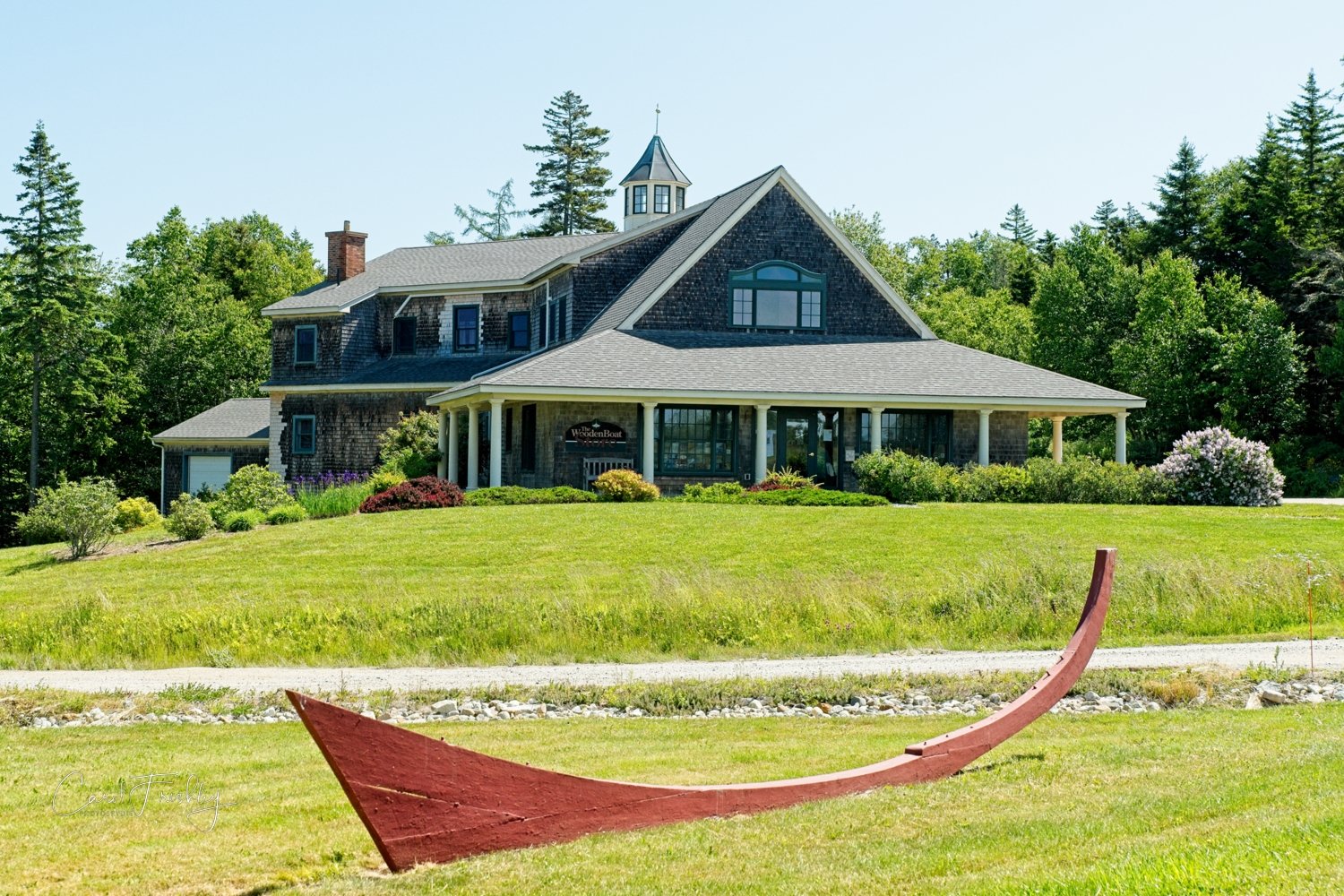When it comes to photographing AZ wildflowers, Bartlett Lake is always a favorite. There are about 6 easy pull out spots along North Bartlett Dam Road that make it easy to safely pull over and within feet you have abundant wildflowers. The lake offers a nice background for wide angle photos.
Mid-morning along the road leading to campgrounds. Bartlett Lake is lower than I have ever seen it before.
Stork’s bill
Bugloss fiddleneck
Chuparosa
Brittlebush
Cream cup
Cryptantha
California Uncap
Gilia achileifolia
Crucifiction thorn
A spent thistle! The geometry fascinates me!
Lupinus sparsiflorus
Phacelia crenulata
California poppy
Phacelia ramosissima
Seen from the road.
Purple Owl’s Clover
Salvia columbaria
Salvia columbaria
My brother, Steve, setting up for some high speed sync macro photography.
H Barbed Wire 2 Point. Steve, like many photographers, is happy to find old barbed wire. The history of barbed wire is quite interesting. Look it up!!
On the road to the Cove Restaurant for lunch.
Looking north from the Cove restaurant at the marina.
Hmmmmm . . . . I suspect some major Tom Foolery going on here!
























